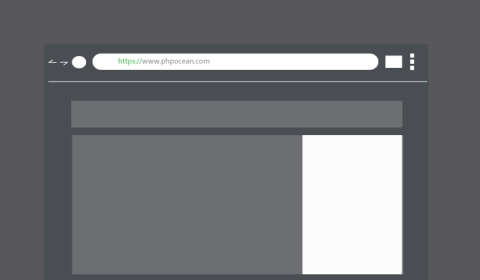Why I hate web designing these days and why I might not do it in 2017?
Since 2015 there has been enough talks on the current state of web designing. For most it is often asked:
- Is web designing dead or not?
- Or is it becoming irrelevant?
In both questions, any designer or developer would definitely have his/her own opinion and position.
Quite recently, I started feeling a little strange When designing a website.
- I feel like doing the same thing over and over again
- I feel like doing the same thing others have already done
- Moreover, I see most of my contemporary friends doing the same thing

Today, I was about to start another site when a colleague suggested I go on ThemeForest. I went because I needed a shortcut. But once there I noticed all themes almost look alike. Besides, if I had started my own before, I would've done something similar.
The similarity issue here can be indirect. Most websites today have a header, a banner(slider), content sections(with sidebar maybe), and then a footer. We all seem to have the same layout. I visited giant websites like medium, TheNextWeb, SitePoint, SmashingMagazine, and so on. We all are in the same basket. Plus, we have cool tools today that can be used to generate designs like that. In the end, I wonder why am I still designing. Am I not wasting some time?
Even people like me who always want to do their own thing. We still fall into the same issue. You end up having a website that looks like the ones done with Bootstrap or Foundation and their similar. Even with Google's Material Design, there is still no serious improvement in how we layout websites.
I think I can't take it anymore. Every single time I start a new project I have that boring feeling. Isn't there any other innovative way we can do it or do we all just have to stick to the same?
With all this, I have come to realize that the issue of web designing is not a design problem. It has to do with the HTML, and the Internet itself, as in, user experience.
Although HTML tags do not give a presentation of a document it defines what a document should contain. For example, <div>, <section>, <header>, <footer> ...
These tags might not directly impact the presentation of a document, but they do suggest what it should look like. HTML tags were first created with the intention of sharing the real document in the form of web pages as we know them today.
So in time, the UX remained almost the same. A culture of headers, sidebars, footers, and so on. And today we seem to find it hard to get rid of it.
But now we have more power over pixels unlike on hard copies. So far, much has not been done in web designing and UX in 2016. Probably many of us will try something different in 2017.
